1.
Introduction
In the recent few centuries, partial differential equations have provided powerful scientific tools for describing many mathematical models. However, with the development of science and the further understanding of natural phenomena, the classical differential equations can not explain random phenomena in the nature and other fields well. In this context, the stochastic partial differential equations (SPDEs for short) are brought in as the models for depicting a variety of random phenomena [1]. The general form of such equations is usually formulated as
Here, H is a Hilbert space, and u(t) is an H-valued random process. We denote by u0∈H the initial value. A is a linear, self-adjoint, positive definite, not necessarily bounded operator with a compact inverse and densely defined in a subspace of H. F and G are usually nonlinear operators on H. W(t) is an H-valued Q-Wiener process defined in a filtered probability space (Ω,F,P,Ft).
In this paper, we mainly concern the following SPDE with additive noise,
where D⊂R2 is a polygonal domain and the linear operator G is independent of u.
Up to now, different kinds of numerical methods have been applied to solving the form of the SPDE (1.1), such as finite difference methods, finite element methods, discontinuous Galerkin methods, WG methods, etc. In [2], the author presents a finite difference method for stochastic nonlinear second-order boundary-value problems (BVPs) driven by additive noises, and proves that the finite difference solution converges to the solution to the original stochastic BVP at O(h) in the mean-square sense. The stochastic Allen-Cahn equation with additive noise is discretized by means of a spectral Galerkin method in space and a tamed version of the exponential Euler method in time [3]. A discontinuous Galerkin method is applied in [4] for stochastic differential equations driven by additive noise, and convergence analysis is provided. In [5], the authors analyze strong approximation errors of both finite element semi-discretization and spatio-temporal full discretization for the stochastic Allen-Cahn equation driven by additive noise in space dimension d≤3. A stochastic analogue of the local discontinuous Galerkin method is constructed for a stochastic two-point boundary-value problem driven by an additive white noise [6]. In [7], the authors adopt the Argyris finite elements to solve (1.1) with A=−Δ2 and obtain the optimal order hβ of error estimates with β>0. In [8,9], the linear version of (1.1) is investigated via the WG methods and the optimal order estimates in the sense of strong convergence are derived.
In general, WG methods, firstly proposed by Wang and Ye [10], are newly developed numerical techniques for solving partial differential equations. The essence of this method is the use of weak finite element functions and their weak derivatives computed with a framework that mimics the distribution or generalized functions. Since the method was put forward, it has been applied/extended to different kinds of partial differential equations, such as biharmonic equations [11], Stokes equations [13], linear elasticity equations [22], poroelasticity problems [14], parabolic problems [15,16], SPDEs [8,9], etc.
In this paper, we adopt the WG method with a parameter-free stabilization term for solving the SPDE (1.1) with A=−Δ. The main characteristic of this method is that the WG finite element space consists of discontinuous functions, which allows the WG method applied to the general polygonal or polyhedral meshes. This characteristic makes the WG method efficient and highly flexible. The optimal order for strongly convergent error estimates in L2-norm is studied based on the established semi-discrete WG scheme. As far as we know, this paper is the first to apply the ideas of WG to nonlinear stochastic models for error analysis.
This paper is organized as follows. In Section 2, we provide several definitions and assumptions as the preliminaries for the theoretical analysis. Section 3 introduces the details of WG method and sets up the semi-discrete WG scheme of the nonlinear stochastic model. Several error estimates for the related deterministic problem are supplied in Section 4, which is helpful for the derivation of our later main result. And finally, in Section 5, we derive the optimal order for strongly convergent error estimates in L2-norm based on the established semi-discrete WG scheme.
2.
Definitions and assumptions
In this section, we introduce several definitions and assumptions as a preparation for the later theoretical analysis.
Recall that D⊂R2 is a polygonal domain. Unless particularly stated, in this paper, we shall use the standard notations for Sobolev spaces and their associated norms [17]. Let H=L2(D) whose inner product and norm are denoted by (⋅,⋅) and ∥⋅∥, respectively. Denote by Hs=Hs(D) with norm ‖⋅‖s. Let H0 and Hs0 be the subspaces of H and Hs, respectively, the elements of which vanish on the boundary ∂D.
Denote by Q:H→H a linear self-adjoint operator with eigenvalues γi>0 (i=1,2,⋯) and corresponding normalized eigenfunctions ei∈H (i=1,2,⋯). Then ei (i=1,2,⋯) form a family of completely orthonormal bases of the space H. We further assume:
(H1): The operator Q is bounded and positive definite.
(H2): The operator Q has bounded trace, i.e., Tr(Q)=∞∑i=1γi<+∞.
Since W(t) is a Q-Wiener process defined on a given filtrated probability space (Ω,F,P,Ft), W(t) is H-valued. Denote by βi(t) (i=1,2,...) a family of Brownian motions in which the elements are independently and identically distributed. Then the Wiener process W(t) can be written in the form of its Fourier expansion [18]:
Next, we define several operator spaces. Let L(Q1/2(H),H) be the space of bounded linear operators from Q1/2(H) to H and denote by L02(Q1/2(H),H) a subspace of L(Q1/2(H),H) satisfying:
Let L(H) be the linear bounded operator space from H to H. Then we define a Hilbert-Schmidt operator space LHS(H)⊂L(H), i.e.,
with norm
It is not hard to see that for any ψ∈L02(Q1/2(H),H), the operator ψQ1/2∈LHS(H). Let E represent the standard mathematical expectation. Then, for any ψ∈L02(Q1/2(H),H), the following isometry equation holds.
Additionally, define the space L2(Ω;H),
with norm
Similarly, we can define L∞(Ω;H).
Let A=−Δ. Assume the operator A defined on H20 has real eigenvalues λi>0 (i=1,2,...) with corresponding eigenfunctions gi∈H20⊂H (i=1,2,...). Then for all v∈H20, we have
For s>0, we define the space ˙Hs:
with norm ∣⋅∣s=∥As/2⋅∥. Similar to (2.2), we can define L2(Ω;˙Hs).
The lemma below provides the relationship between ˙Hs and Hs0.
Lemma 2.1. [19,Lemma 3.1] For any s>0, we have
Moreover, ∣⋅∣s is equivalent to ∥⋅∥s in ˙Hs, where
Now we write three assumptions for the SPDE (1.1) we consider.
(H3): The initial value u0∈L2(Ω;˙H2).
(H4): The operator F:H0→˙H1 satisfies:
where C is a positive constant. In this paper, the letter C denotes a generic positive constant which may be different at different occurrences. Furthermore, if we take u2≡0, then
(H5): The operator G∈L02(Q1/2(H),H) satisfies
Let E(t)=e−tA. Then (1.1) admits a unique mild solution of the form [18]:
From [20], the following two lemmas hold true.
Lemma 2.2. If the assumptions H3−H5 hold, u is the mild solution of (1.1). Then for 0≤t1≤t2≤T, there exists a constant C such that
Lemma 2.3. If the assumptions H3−H5 hold, u is the mild solution of (1.1). Then
3.
The WG method
In this section, the details of WG method is introduced, and the semi-discrete WG scheme for the SPDE (1.1) is established.
Let Th be a regular partition of the domain D satisfying the shape regularity requirements A1-A4 in [21]. The boundary of each element K∈Th is denoted by ∂K. Let hK be the diameter of K and h=maxK∈ThhK.
We define the weak function space:
Here v0 is the value of v in K and vb is the value of v on the boundary ∂K.
With an inclusion map i:H1(K)→W(K) [21],
we can embed H1(K) into the weak function space W(K).
For any u,v∈W(K), denote by (u,v)K the standard L2-inner product in K and by ∥⋅∥K the corresponding norm. Similarly, ⟨u,v⟩∂K represents the L2-inner product on ∂K, and the norm is notated by ∥⋅∥∂K.
Let r be a non-negative integer. For each K∈Th, let Pr+1(K) and Pr+1(∂K) be the sets of polynomials with degree no more than r+1 in K and on ∂K, respectively. Define a discrete weak function space Wr+1(K)⊂W(K), i.e.,
For each K∈Th, let V(K,r)=[Pr(K)]2. Define the discrete weak gradient operator ∇d:Wr+1(K)→V(K,r), such that for any v={v0,vb}∈Wr+1(K), ∇dv∈V(K,r) is the unique vector-valued polynomial satisfying:
Now we extend the definition of the weak function space W(K) and the discrete weak function space Wr+1(K) to the whole domain D. Denote by W(D)={v:v∣K∈W(K)} the weak function space defined on the domain D. Let Sh(r+1)⊂W(D) be the the discrete weak function space satisfying:
and denote by S0h(r+1) the subspace of Sh(r+1) with vanishing values on the boundary ∂D. If no confusion occurs, we use respectively Sh to denote Sh(r+1), and use S0h to denote S0h(r+1) throughout this paper.
We also define the following global vector-valued polynomial space:
Then we extend the definition of the weak gradient operator ∇d from each K∈Th to the whole domain D. That is to say, for any v∈Sh(r+1), define the operator ∇d:Sh(r+1)→V(r), such that
Next, we bring in several locally defined projection operators which are helpful for our theoretical analysis. For each K∈Th, the L2-projection operators Q0:L2(K)→Pr+1(K) and Qb:L2(∂K)→Pr+1(∂K) are defined piecewisely in K and on ∂K, respectively. Define Qhu={Q0u0,Qbub}:W(D)→Sh(r+1) satisfying:
For each K∈Th, let Rh:[L2(D)]2→V(r) be the L2-projection operator defined by
Now we introduce a bilinear form as follows: For any uh,vh∈Sh,
Take the following elliptic problem into account:
The variational formulation for (3.4) is to find u∈H10(D) such that
The WG scheme for (3.4) is to find uh∈S0h such that
Let Ah:S0h→S0h be the operator satisfying:
Here Ah is a linear, self-adjoint, symmetric, positive definite operator. Then, the numerical scheme (3.6) is equivalent to finding uh∈S0h such that
Based on [21,Theorem 8.2] and [8,(4.7)], we have the following lemma about the error estimates of the elliptic problem (3.4) with WG method.
Lemma 3.1. Assuming u∈H2(D) and uh∈Sh are the solutions of (3.4) and (3.7), respectively. Then there exists a positive constant C which depends only on the domain D, such that
Define two operators G=A−1 and Gh=A−1h. G:H0→H10 and Gh:S0h→S0h are the solution operators of (3.4) and (3.7), respectively. In other words, u=Gf and uh=GhQhf are respectively the solutions of (3.4) and (3.7). It is easy to see that G and Gh are linear, symmetric, positive definite operators. Then (3.8) can be written as
Now we approximate the stochastic problem (1.1) with WG method. The semi-discrete WG scheme for (1.1) is to find an H−valued random process uh(⋅,t)∈S0h with uh(0)=Qhu0, such that for any vh∈S0h and 0≤t≤T,
In fact, (3.10) is equivalent to
Let Eh(t)=e−tAh, t≥0. It is obvious that the equation (3.11) has a mild solution
4.
Several error estimates for the related deterministic problem
In this section, we provide several error estimates with respect to the related deterministic problem, which are used in the subsequent section.
Lemma 4.1. [12,Lemma 3.2] For any α, β∈R and l≥0, we have
and
where Dlt is the l-th derivative with respect to t.
Consider the following two problems:
and
Then u=E(t)u0, uh=Eh(t)Qhu0 are the solutions of (4.3) and (4.4), respectively. Making use of the forms of u and uh, the error equation is shown as follows:
where e(t)=uh(t)−Qhu(t), ρ=(QhG−GhQh)ut and e(0)=uh(0)−Qhu(0)=0.
Indeed, by virtue of (4.3) and (4.4), we supply
According to the error equation (4.5), it follows from [8] that
and
Furthermore, we can derive the following two lemmas.
Lemma 4.2. For any t∈[0,T], assume that e(t)∈S0h, e(0)=0 and (4.5) holds. Then there exists a positive constant C, such that
Proof. Due to (4.7), (4.6) and the mean inequality, we obtain
which completes the proof.
Lemma 4.3. Under the same assumptions of Lemma 4.2, for any fixed positive number ϵ, there exists a positive constant Cϵ depending on ϵ, such that
Proof. The proof is similar to the one in Lemma 4.2. Noticing that
together with (4.7) and (4.6), we finish the proof.
Notate Fh(t)=Eh(t)Qh−QhE(t). Then we render the following estimate results.
Lemma 4.4. [8,Lemma 4.4] For v∈˙H2, then we have
If v∈˙H1 and 0≤t≤T, then
where C is a positive constant only depending on the domain D.
Theorem 4.1. Assuming that u0∈˙H1 and t>0, then we have
where C is a positive constant only depending on the domain D.
Proof. Denote by ˜e(t) and ˜ρ(t) the integral ∫t0e(s)ds and ∫t0ρ(s)ds, respectively. Together with e(0)=0, we acquire
It is easy to check ˜e(0)=0. According to (4.8), we provide
It follows from Lemma 4.1 and (3.9) that
and
Here we notice that Eh(s)=e−sAh is a bounded operator. Then the proof is completed.
Theorem 4.2. Under the same assumptions of Theorem 4.1, we supply
where C is a positive constant only depending on the domain D.
Proof. Define ˆe(t)=te, then by (4.5),
We denote χ(t)=Ghe(t)+tρ(t). It is easy to check ˆe(0)=0. Due to (4.9), for any ϵ>0, we present
For the two parts on the right side of the estimate above, we have
and it follows from (4.5) that
Let ϵ=1/2, then
Choose 0≤s0≤t such that ∥ˆe(s0)∥=sup0≤s≤t∥ˆe(s)∥, then
Hence
Now we estimate ∥Ghe(s)∥. Let ˜e(t)=∫t0e(s)ds, then
By virtue of (4.14), we obtain
Combining (4.18) with (4.19), we have
Because of Lemma 4.1 and (3.9), we render
With the help of (4.15) and (4.16), we complete the proof.
5.
The main result
In this section, we derive the optimal order for strongly convergent error estimates between the mild solution (2.7) of the SPDE (1.1) and its semi-discrete WG approximation (3.12) in L2-norm.
The next lemma plays a very important role in getting our main result.
Lemma 5.1. [20] For all C1,C2≥0,α>0, t∈[0,T], let ϕ:[0,T]→R be a nonnegative and continuous function. If
then there exists a constant C=C(C2,T,α) such that for all t∈[0,T],
Theorem 5.1. Let u and uh be the mild solutions of (1.1) and (3.11), respectively. If the assumptions H3−H5 in Section 2 hold, then there exists a constant C depending on the domain D and the upper bound of time T such that
Proof. Making use of (2.7) and (3.12), we write
We record the three parts on the right side as F1, F2 and F3, respectively, and estimate each part one by one. Firstly, we can easily obtain ∥F1∥L2(Ω;H)≤h2∥u0∥L2(Ω;˙H2) by (4.11).
F2 can be written as a combination of three parts:
Next, we estimate I1, I2 and I3, respectively. Eh(t−s) and Qh are both bounded operators. Then together with (2.4), we find
By Theorem 4.2, Lemma 2.1, (2.4) and (2.8), we have
From Theorem 4.1, Lemma 2.1, (2.5) and (2.9), we supply
Thus,
Now we consider F3. With the help of (2.1), we provide
From (4.12), it follows that
Hence,
By Lemma 5.1 with α=1 and ϕ(t)=∥uh(t)−Qhu(t)∥L2(Ω;H), the proof is completed.
Acknowledgments
This work was sponsored by the Research Foundation for Beijing University of Technology New Faculty Grant No. 006000514122516.
Conflict of interest
All authors declare no conflicts of interest in this paper.











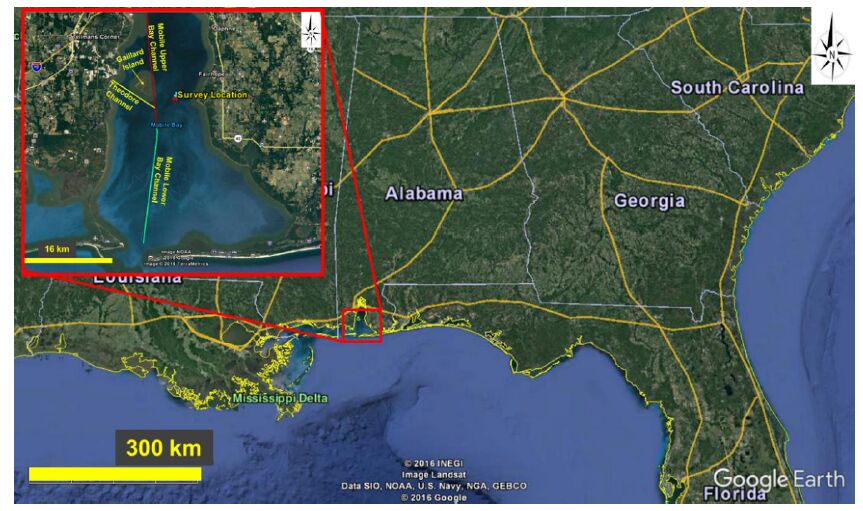

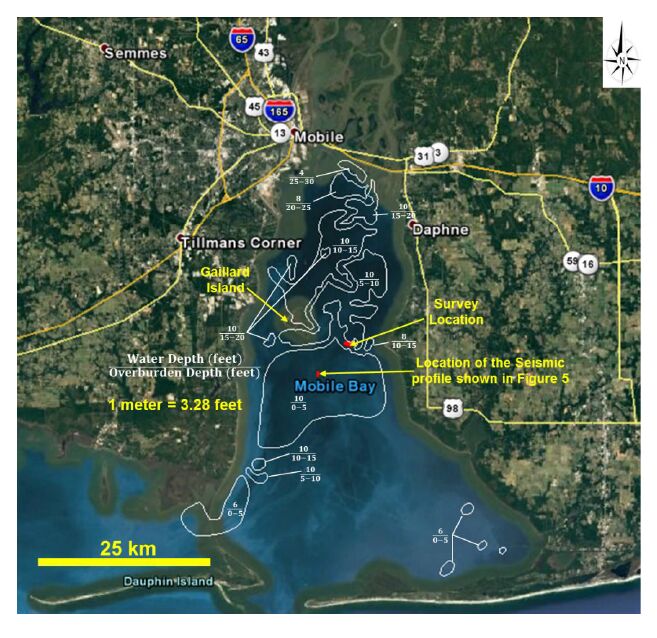
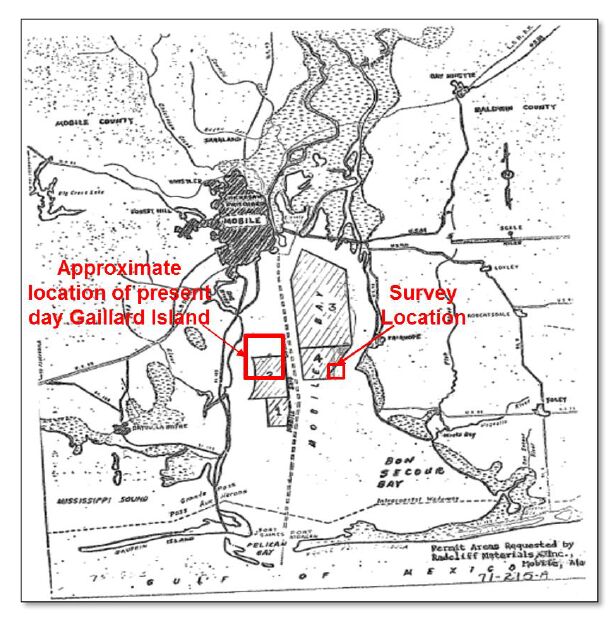
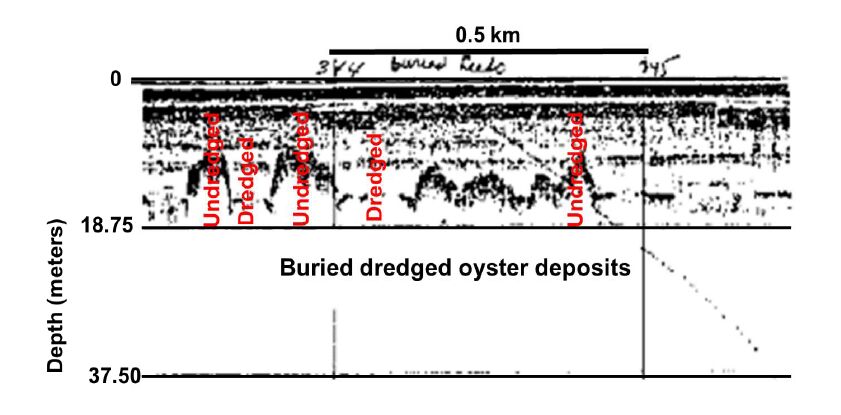
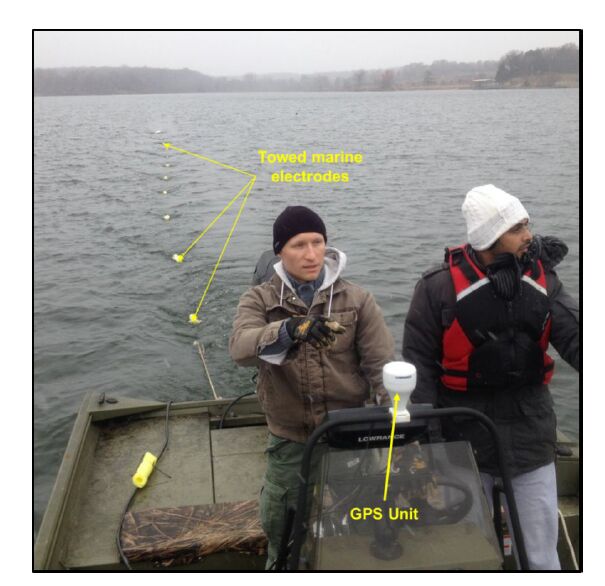
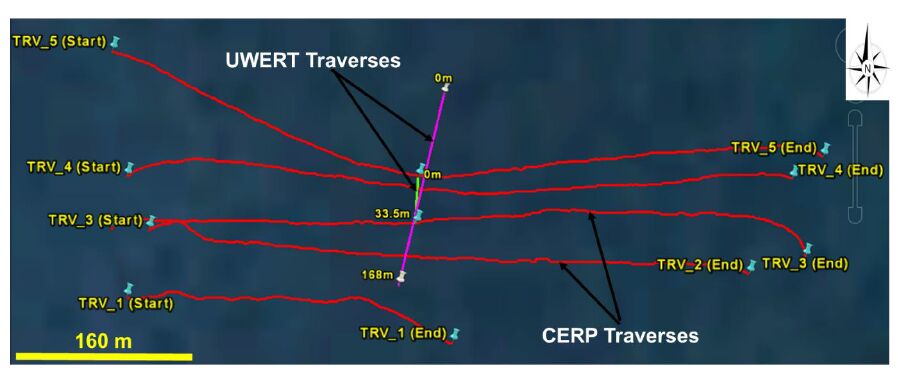
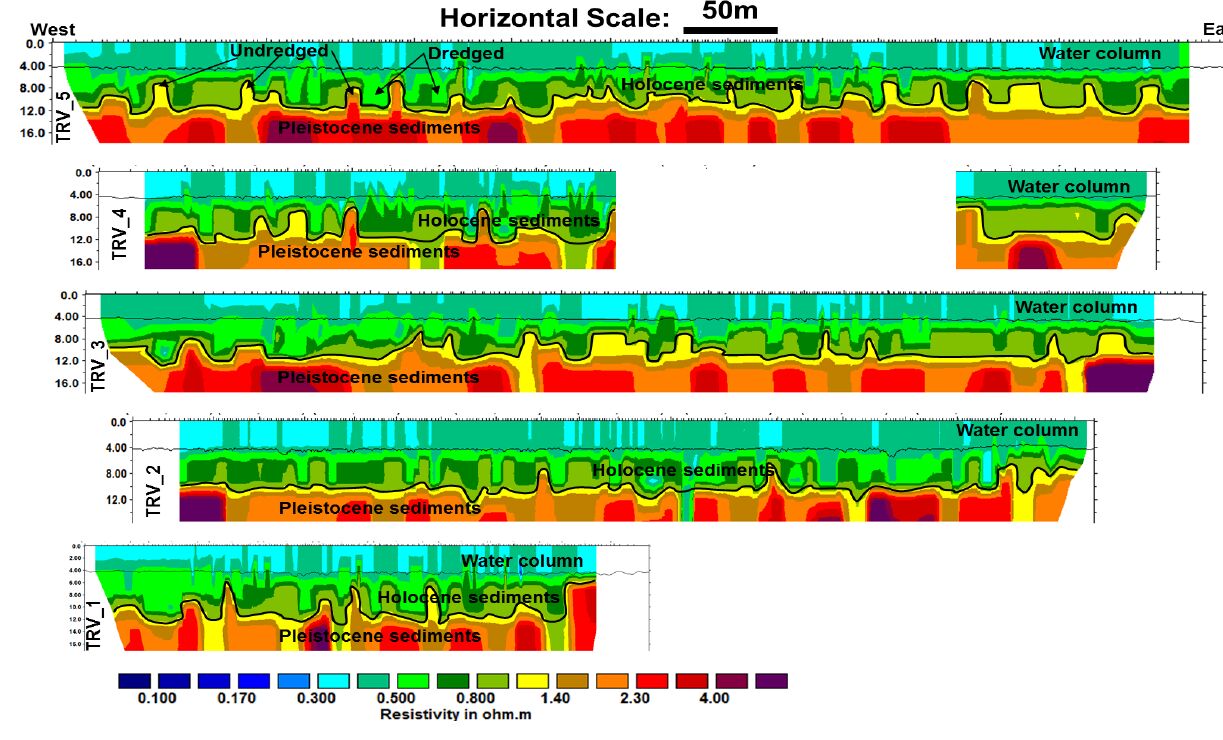




 DownLoad:
DownLoad: